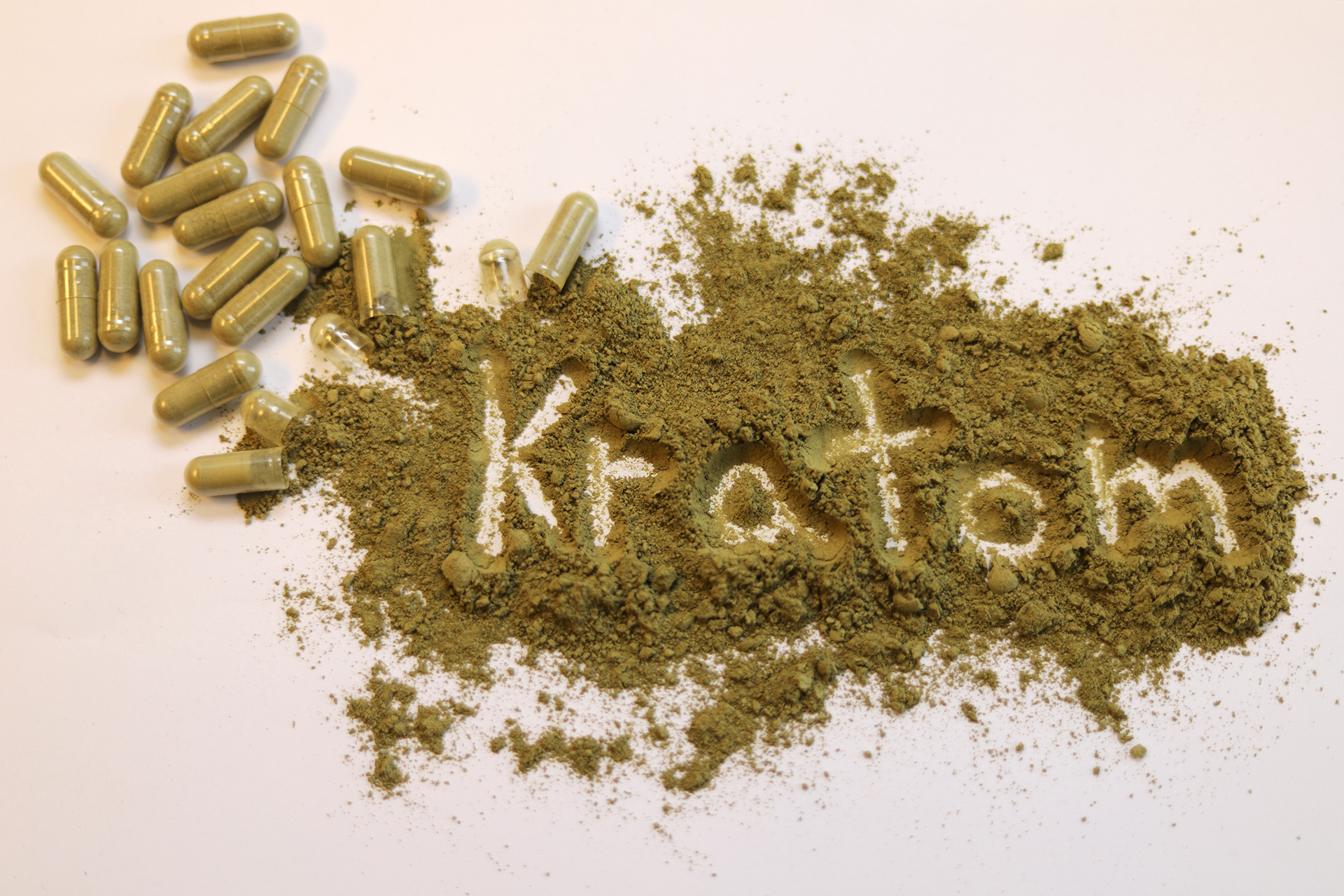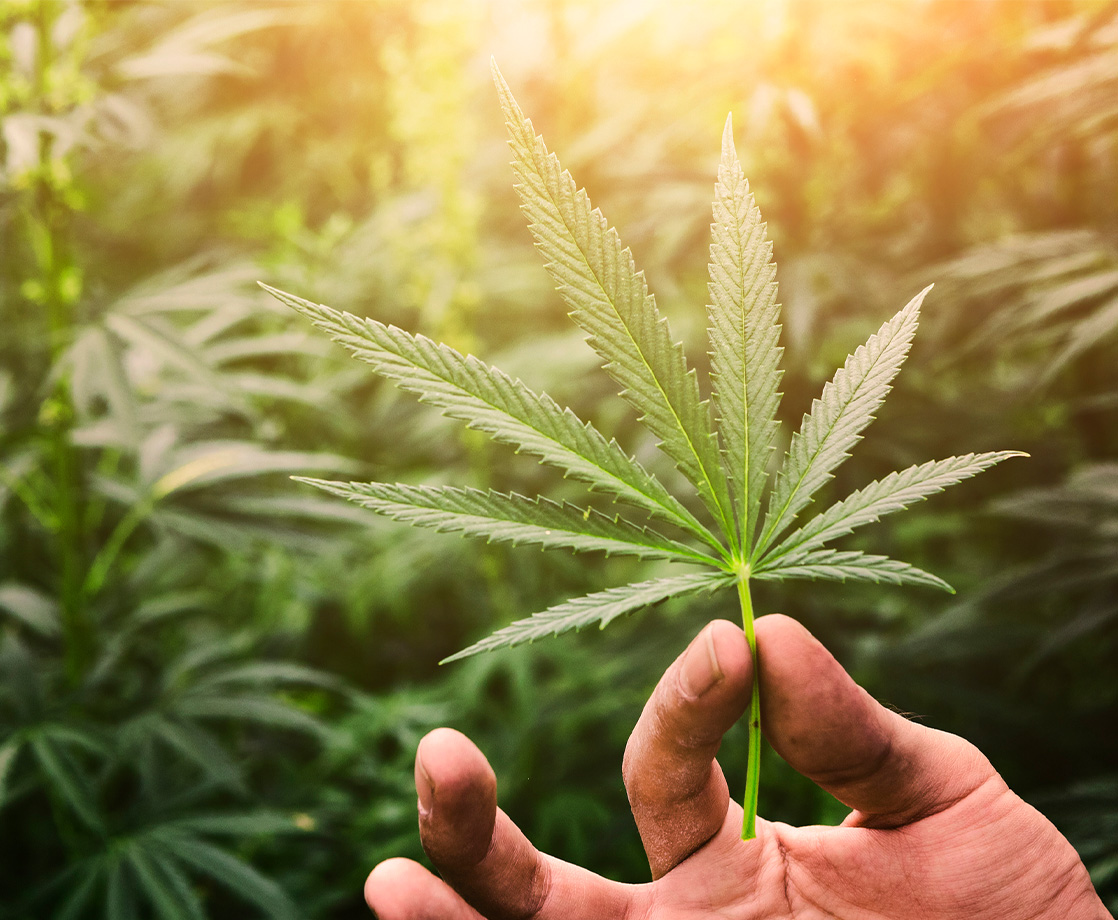Image via
Do you kratom? The leaves from the Mitragyna speciosa tree are used in powder form for their opioid- and stimulant-like effects, and have grown in popularity among US consumers to constitute a $1.3 billion industry. Business investors are now interested in becoming part of an upcoming kratom wave, Forbes reports.
Investors are interested in the Southeast Asian tree leaves because the United Nations made a big decision earlier this month: Members of the World Health Organization’s Executive Committee on Drug Dependency voted to “continue monitoring data on the health impacts of kratom over the next two to three years” instead of restricting its use, according to Marijuana Moment. That decision was based on evidence of low toxicity rates and took into account the fact that kratom has been traditionally used in various countries.
A senior fellow on public policy for the American Kratom Association commented to Marijuana Moment that the ruling constituted an “all-around great outcome for science.”
This is great news for kratom investors, says professionals who sell the drug. “I definitely think it opens doors for more companies,” said Jenn Lauder, marketing and advocacy director for Kraken Kratom, to Forbes. “When people see this is potentially lucrative, that’s always the final push they need.”
Last year Atai Life Sciences, a biotechnology company, bought NY pharmaceutical company Kures, whose flagship product is derived from kratom.
In September, Thailand, a traditional region for kratom use, decriminalized the drug’s possession and sale.
Many kratom users consume the plant for assistance in kicking opioid habits — again, the powdered leaves are said to have effects similar to opioids. The potential for helping people drop (or reduce) opioid dependency deserves to be investigated, given that opioid-related overdoses are reaching record highs.
Kratom is not currently listed on the Controlled Substances Act. But that’s not for a lack of trying by certain government officials. Certain federal agencies have published alarming memos about the plant that continue in the grand tradition of racist fear-mongering around drugs by emphasizing their foreign providence. A 2016 statement from the DEA trumpeted that the “SE Asian drug is an imminent hazard to public safety.”
Currently, kratom is illegal in six states: Wisconsin, Arkansas, Indiana, Alabama, Rhode Island, and Vermont. Five states have regulations regarding the drug on the books concerning age restrictions and guidelines as to its production. Earlier this year, the Food and Drug Administration seized 34,000 kilograms of bulk kratom, citing the fact that it had no FDA-approved use.
“There is substantial concern regarding the safety of kratom, the risk it may pose to public health and its potential for abuse,” stated Judy McMeekin, Pharm.D., the FDA’s Associate Commissioner for Regulatory Affairs.
The drug’s advocates hope to change that. Last year, one thousand US residents sent letters to the Centers for Disease Control and Prevention extolling the benefits kratom has had on their lives, for many as a painkiller. Some 8,583 comments were received by the World Health Organization during its most recent deliberations on the drug.





![SNOOP DOGG’S KING OF THE KOMPOUND – MORTAL KOMBAT 11 TOURNAMENT [Part 5]](https://merryjane.com/wp-content/uploads/2024/04/zYIUoIdS-720.jpg)





